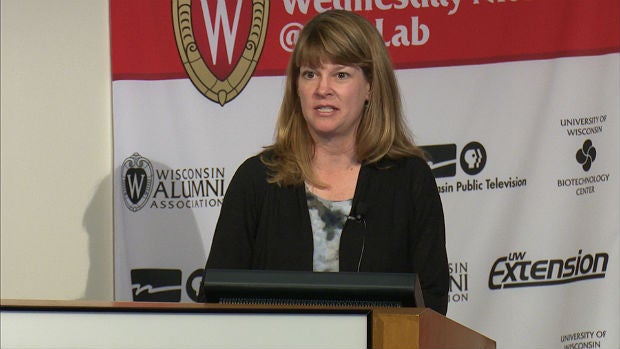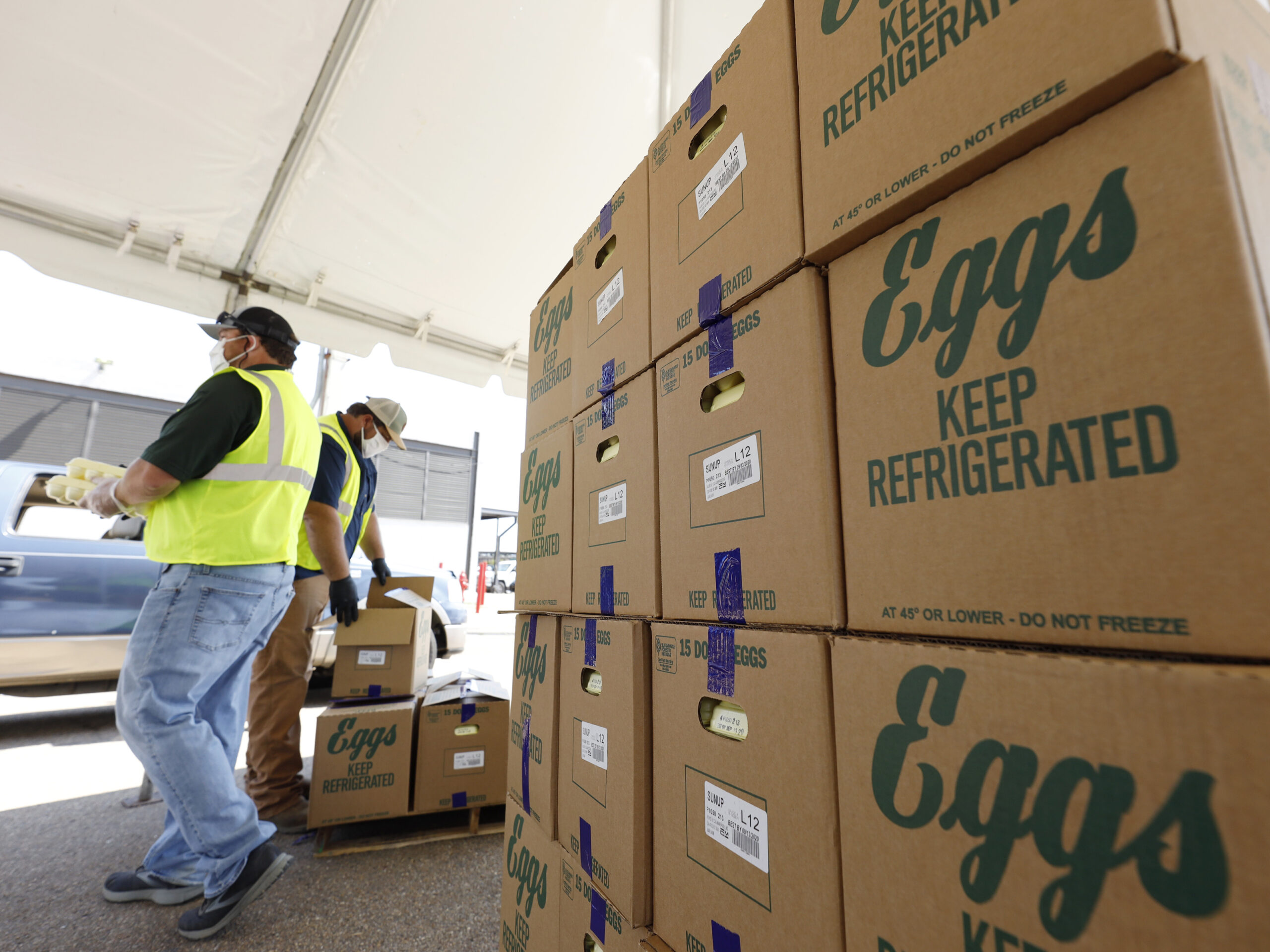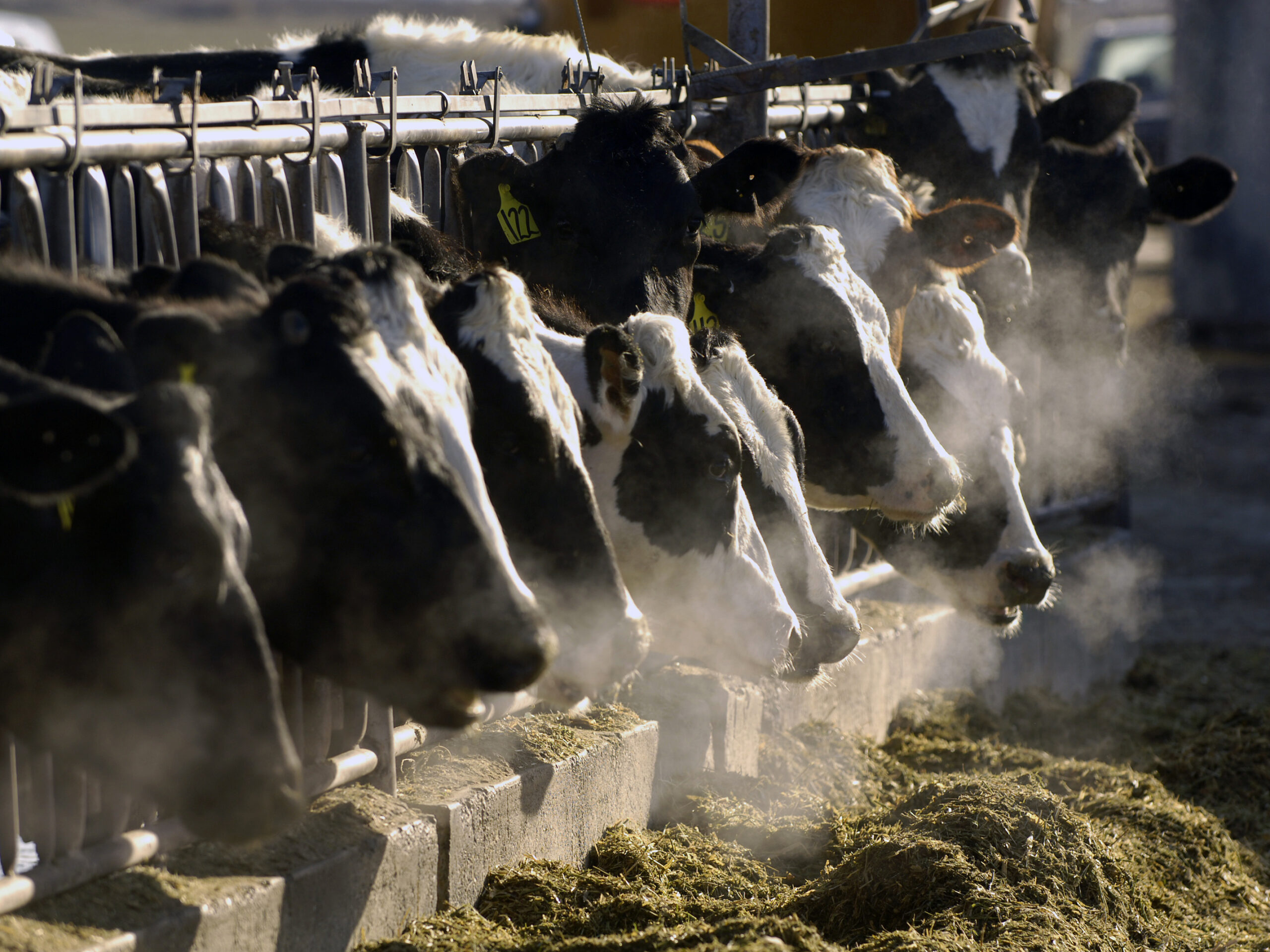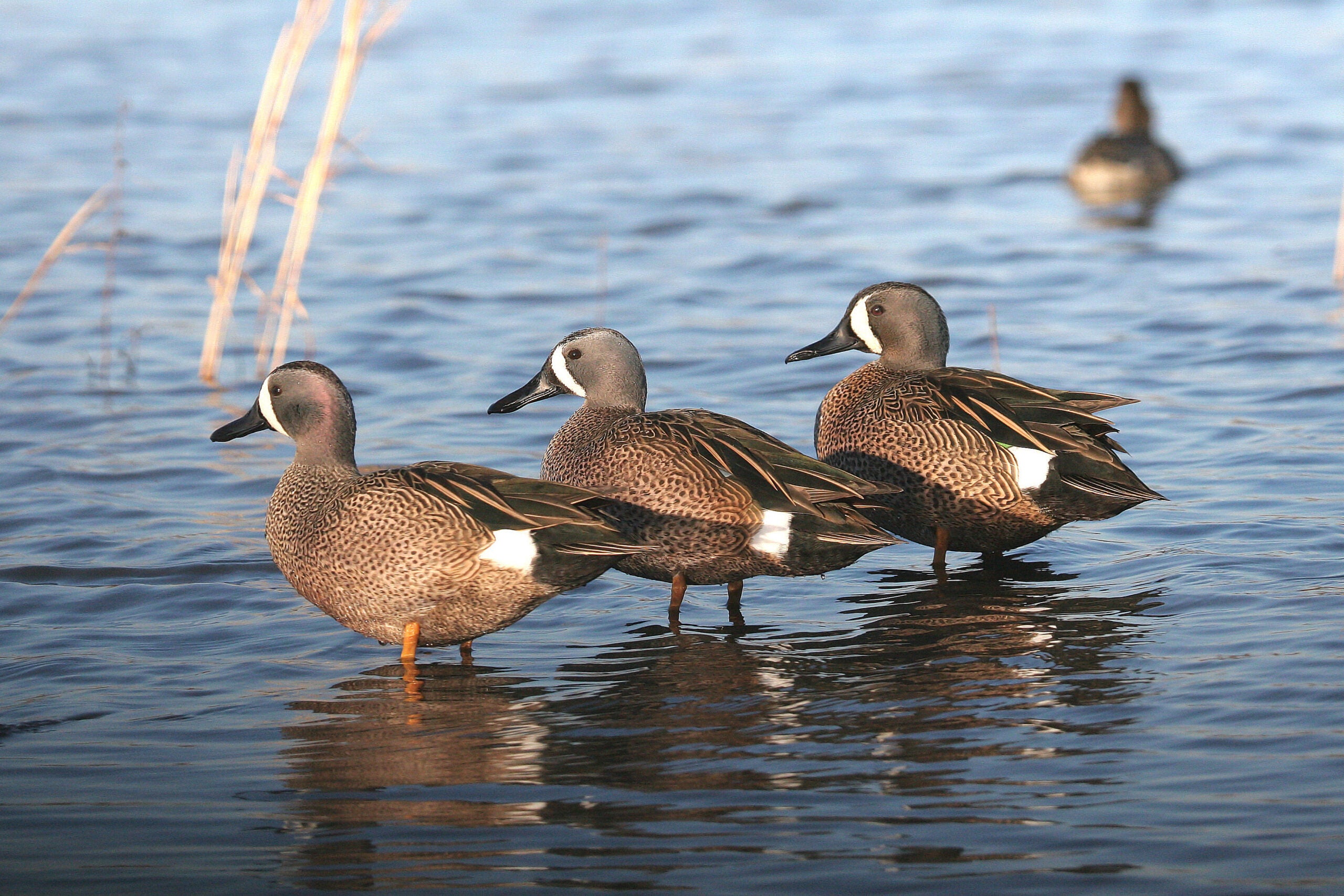This year’s avian influenza epidemic put Wisconsin agriculture officials through one of the toughest tests they’ve faced in a long time. From the moment in April that a Jefferson County cage-free egg operation detected a potential infection of the H5N2 influenza virus, regulators at the state Department of Agriculture, Trade and Consumer Protection handled disease-testing, implementing quarantines, sanitizing infected farms and killing — or “depopulating” — nearly 2 million turkeys, chickens and mixed-breed fowl.
As Darlene Konkle, DATCP assistant state veterinarian, detailed in a talk at the University of Wisconsin-Madison’s “Wednesday Nite @ The Lab” science series on July 22, the task didn’t just demand agricultural expertise — it also required a great deal of communication and coordination with the U.S. Department of Agriculture, poultry industry partners, other state agencies, the Wisconsin National Guard and even a composting expert from Cornell University who aided in disposing of the dead birds.
In her talk, recorded for Wisconsin Public Television’s “University Place” program, Konkle explained how DATCP prepared for avian influenza through training exercises, and how the department went on alert when the virus entered the Midwest via Minnesota. She also discussed lessons DATCP will carry forward as it braces for future outbreaks.
Stay informed on the latest news
Sign up for WPR’s email newsletter.
Perhaps the most significant theme from Konkle’s talk: In an emergency, it’s critical for different agencies to work together and share information efficiently.
Key Facts:
- Exports account for about 18 percent of poultry industry profits in Wisconsin.
- Wisconsin laws requiring people to register their livestock in the state helped officials communicate and coordinate with infected farms during the epidemic.
- DATCP drew on a previously formulated USDA Secure Food Supply Plan to ensure that non-affected farms could continue to get products to market during the epidemic.
- Turkeys can be easily depopulated using a suffocating foam, but chickens are harder to depopulate quickly and humanely depending on the structures in which they’re kept.
- DATCP is still working to fully understand how the virus spread around Wisconsin, but believes it’s unlikely that all the infections came from wild birds. Many transmissions more likely took place from farm to farm, via clothing and vehicles.
Key Statements:
- On depopulating and sanitizing infected poultry farms: “The reason we go through so many steps is there’s no one perfect way to kill all the virus, especially when you have a large premises and lots of virus being produced.”
- On avian flu spreading from farm to farm: “We all need to learn to control that better.”
- On the limits of what DATCP can do by itself during a major animal-disease emergency: “Even though we responded quickly and efficiently, we know that we’re going to run out of steam after about three or four weeks.”
- On the importance of killing and disposing of H5N2-infected birds: “The birds become little virus factories.”
This report was produced in a partnership between Wisconsin Public Radio, PBS Wisconsin and the University of Wisconsin Cooperative Extension. @ Copyright 2024, Board of Regents of the University of Wisconsin System and Wisconsin Educational Communications Board.





